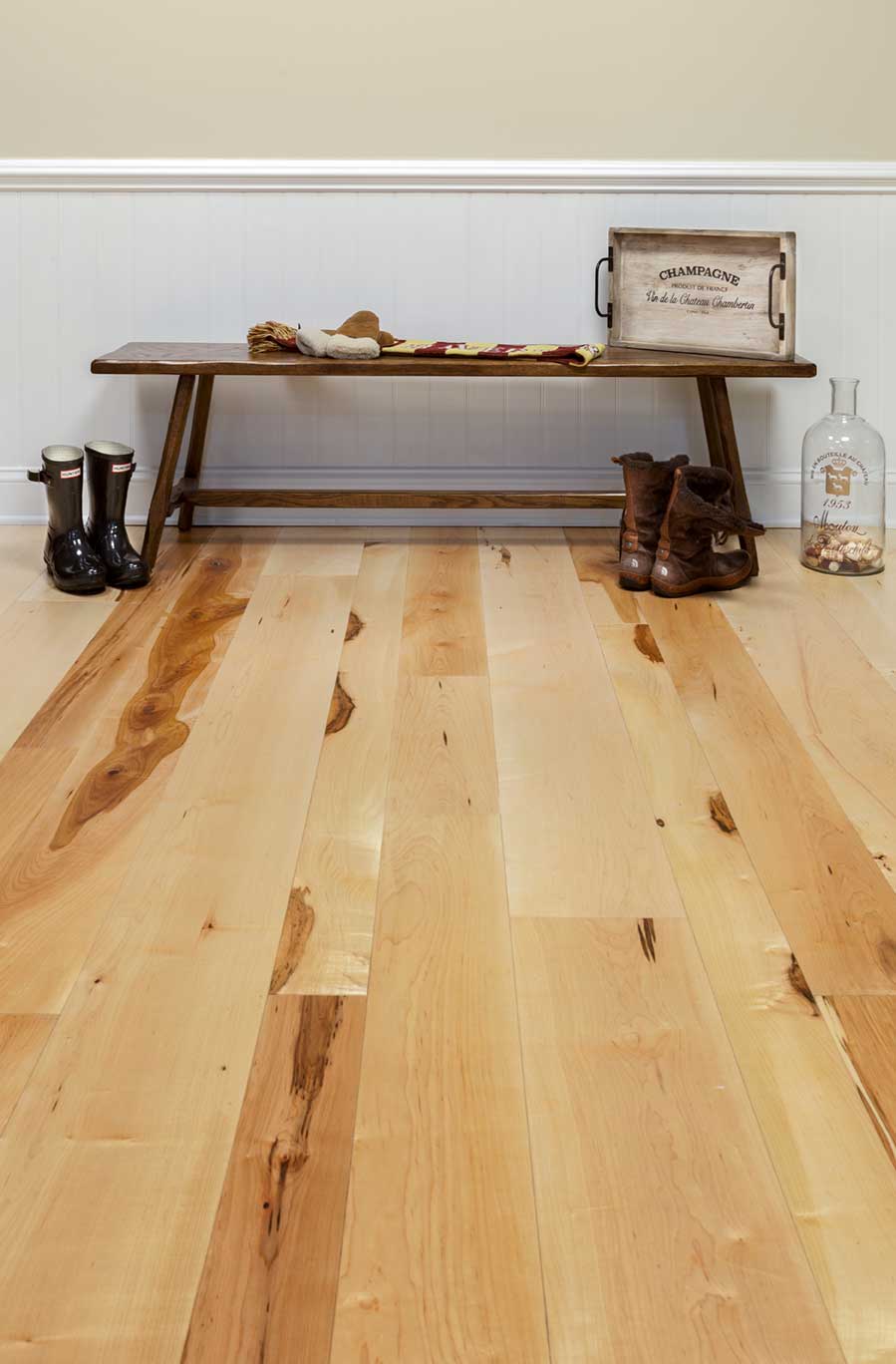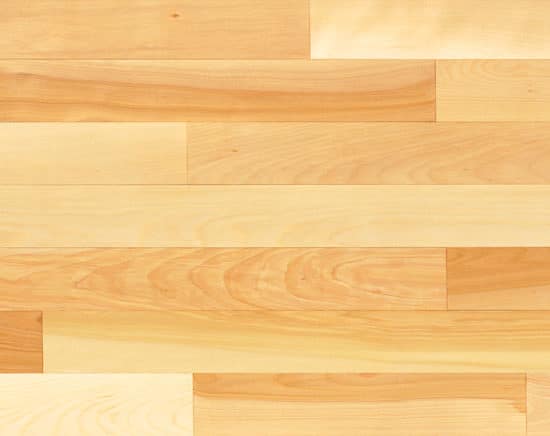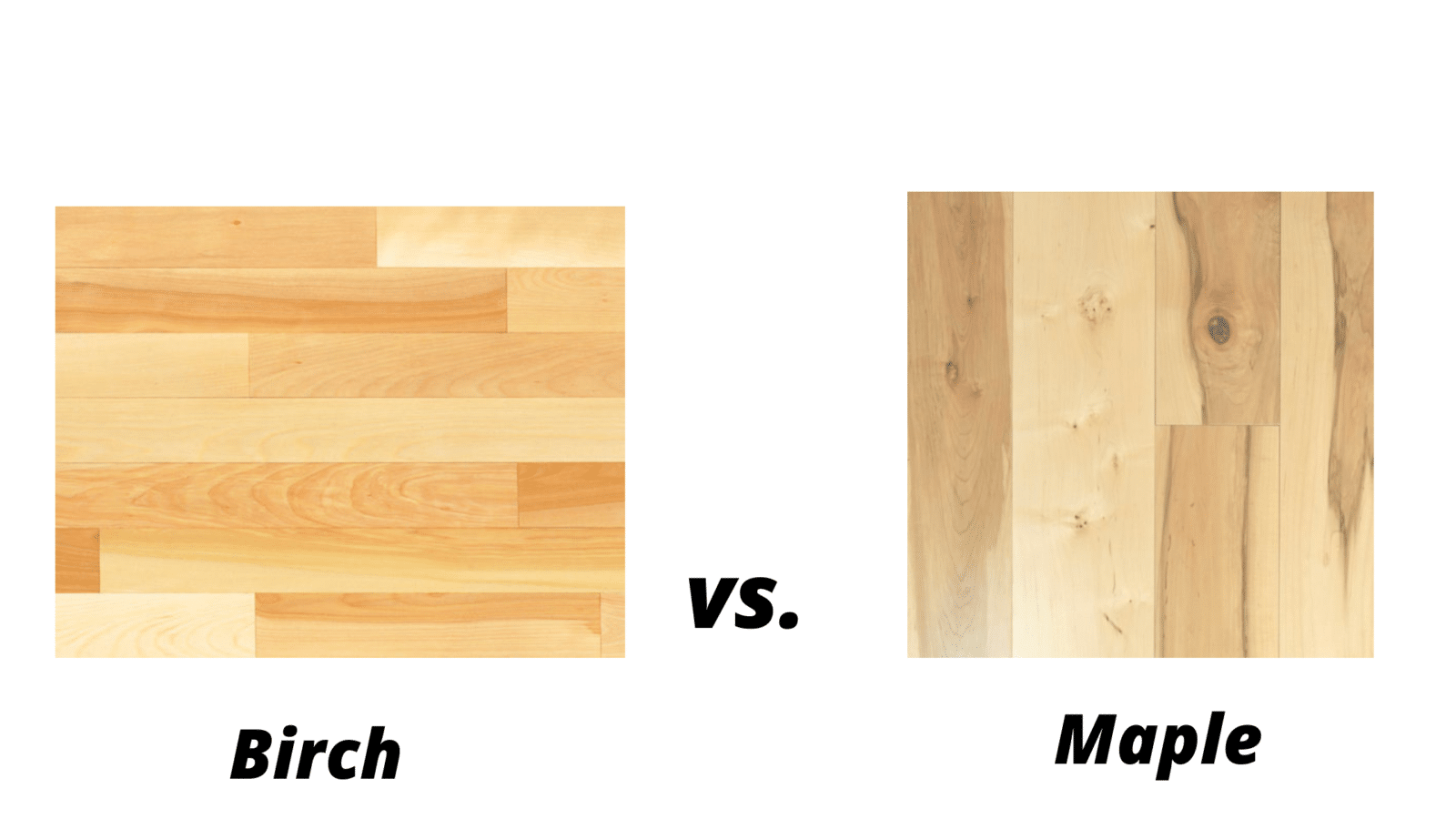If you’re deciding on which species to select for your new wide plank floors, perhaps you’re pitting two species against each other. Two species that we often see compared to each other are birch and maple. This is because at first glance, many people assume that birch and maple are one and the same since they have a similar appearance.
However, there are some distinguishing differences between them. For example, the grain structure of birch is slightly looser than that of maple. Also, a birch floor usually appears a bit darker in color compared to its maple counterpart.
The Appeal of Maple Floors
Maple – Maple is hard, durable, and frequently used as baseball bat material, which gives you a

The Unique Characteristics of Birch Floors
Birch – The main difference between these species is that birch is not as hard and durable as maple. There are different species of birch, with the most common birch variety used for flooring coming in at a Janka hardness rating of 1260, which is slightly below average. However, those who favor birch 
Maintaining Your Wide Plank Floors
Either way, with a high-quality finish your wide plank floors should be able to stand up to a bit of a beating as long as you keep up with the maintenance. Click here to read our wood floor maintenance tips.
As you can see, these are both beautiful floors. With our custom-milled wide plank floors, you can’t go wrong with either one. Contact us today at 877-697-5265 to discuss the needs of your next project.
